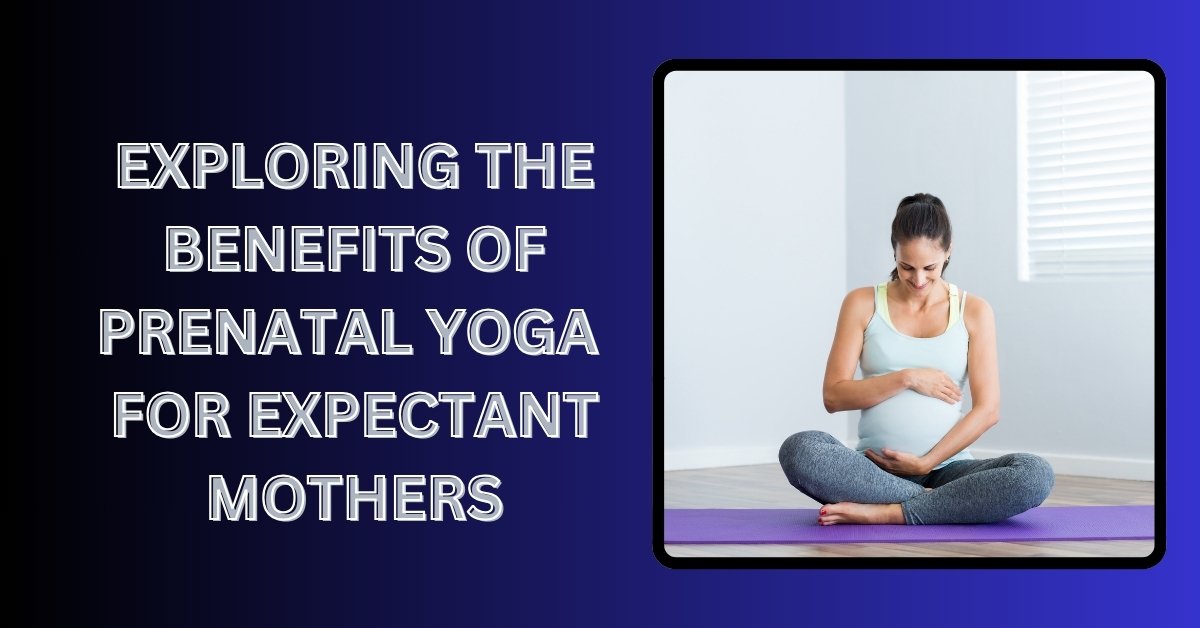
Pregnancy marks a transformative journey filled with joy, anticipation, and physical changes. Expectant mothers seek ways to stay fit, reduce stress, and connect with their growing babies. Prenatal yoga has become a popular practice offering numerous benefits for both the mind and body. In this article, we explore how prenatal yoga supports your pregnancy journey, from enhancing physical well-being to promoting emotional balance and fostering a deeper connection with your baby.
Table of Contents
TogglePhysical Benefits of Prenatal Yoga
Prenatal yoga is an excellent way to support physical well-being during pregnancy, offering key benefits:
- Improved Flexibility: Gentle stretching in prenatal yoga helps the body adapt to weight and posture changes, easing discomforts like back pain
- Strengthened Muscles: Focus on pelvic floor, abdominal, and lower back muscles prepares them for pregnancy and childbirth challenges.
- Enhanced Balance and Stability: Yoga poses improve posture and stability, crucial as the body’s center of gravity shifts.
- Reduced Back Pain: By aligning the spine and strengthening back muscles, prenatal yoga alleviates common pregnancy backaches.
- Increased Circulation: Yoga’s gentle movements enhance blood flow, delivering more oxygen and nutrients to both mother and baby.
- Better Breathing: Emphasis on breathing techniques enhances lung capacity and relaxation, beneficial during pregnancy and labor.
- Alleviation of Swelling: Yoga movements aid lymphatic drainage, reducing swelling in legs, ankles, and feet.
- Reduced Risk of Preterm Labor: Regular practice may lower preterm labor risks by reducing stress and promoting overall health.
- Improved Digestion: Gentle yoga poses stimulate the digestive system, easing pregnancy-related issues like constipation.
- Preparation for Labor: Strengthens pelvic muscles, improves flexibility, and teaches breathing techniques vital for labor.
Emotional and Mental Well-being Benefits
Pregnancy brings emotional and hormonal changes, making stress reduction and emotional balance crucial:
- Stress Reduction: Yoga’s focus on breathing and movement reduces stress, promoting better sleep and calmness.
- Connection with Baby: Mindfulness exercises in prenatal yoga deepen the bond between mother and baby.
- Emotional Support: Yoga classes create a supportive community for sharing experiences and concerns.
Preparation for Labor and Delivery
Prenatal yoga prepares mothers for labor and delivery through breath control, body awareness, and optimal fetal positioning:
Breath Control:
- Enhancing Relaxation: Controlled breathing techniques reduce anxiety and blood pressure, easing labor.
- Pain Management: Deep breathing techniques help manage labor pains naturally.
- Endurance and Stamina: Builds endurance crucial for the physical demands of labor.
Body Awareness:
- Improved Posture and Alignment: Relieves discomfort by improving posture.
- Strength and Flexibility: Strengthens muscles needed for labor and delivery positions.
- Mind-Body Connection: Enhances awareness of labor stages and body signals.
Optimal Fetal Positioning:
- Creating Space: Yoga poses encourage the baby’s head-down position for easier birth.
- Balancing the Pelvis: Promotes pelvic balance and alignment for optimal fetal positioning.
- Encouraging Movement: Gentle yoga movements help the baby settle into the best position for birth.
Conclusion
Prenatal yoga is a valuable practice for expecting mothers as they prepare for labor and delivery. Through breath control, body awareness, and techniques to promote optimal fetal positioning, prenatal yoga can help to create a more comfortable and efficient labor process. Additionally, using a fetal doppler to monitor the baby’s heartbeat during yoga sessions can provide extra reassurance and support, enhancing the overall experience. By incorporating prenatal yoga into their routine, mothers-to-be can foster a deeper connection with their bodies and their babies, setting the stage for a positive birth experience.


